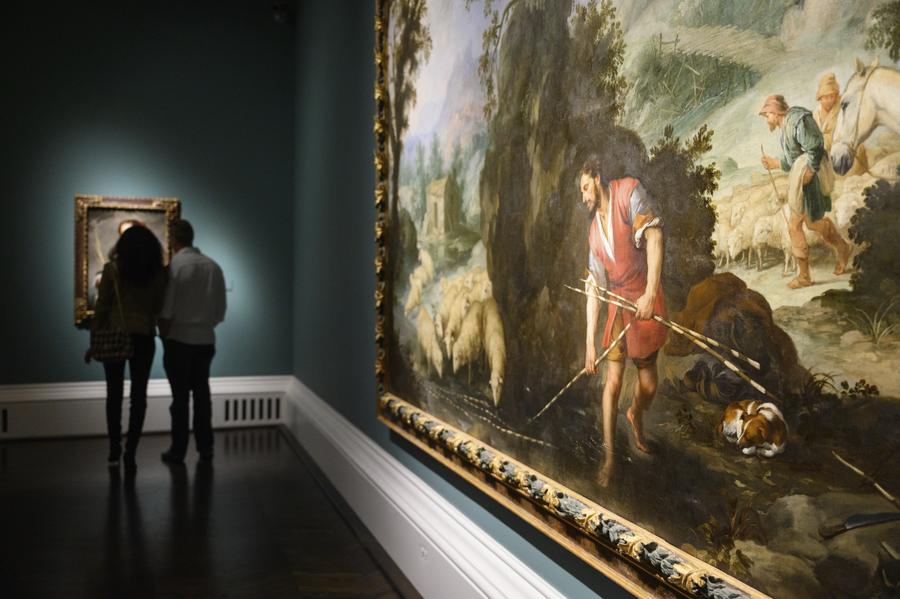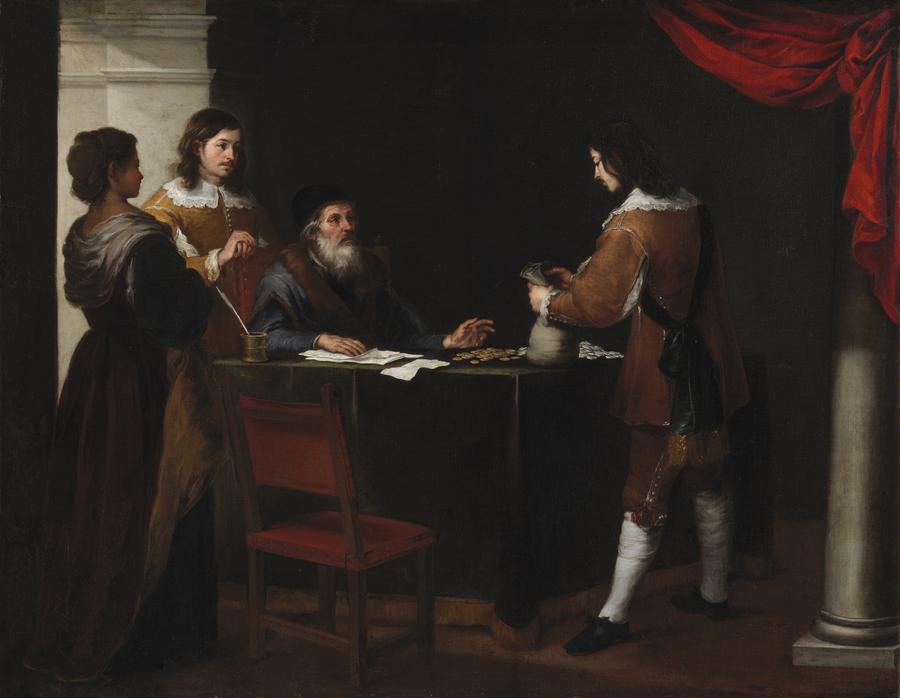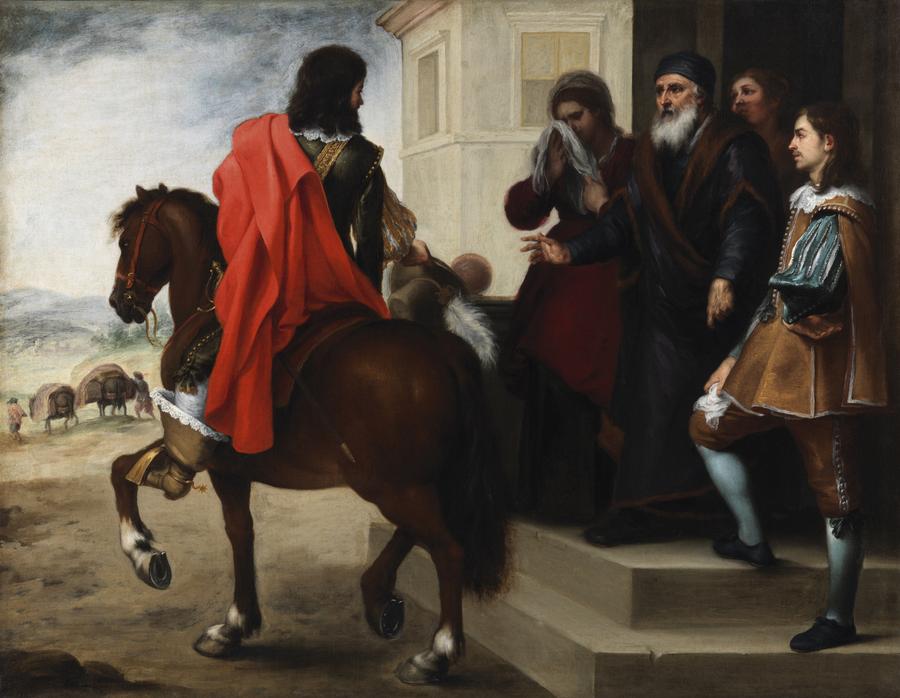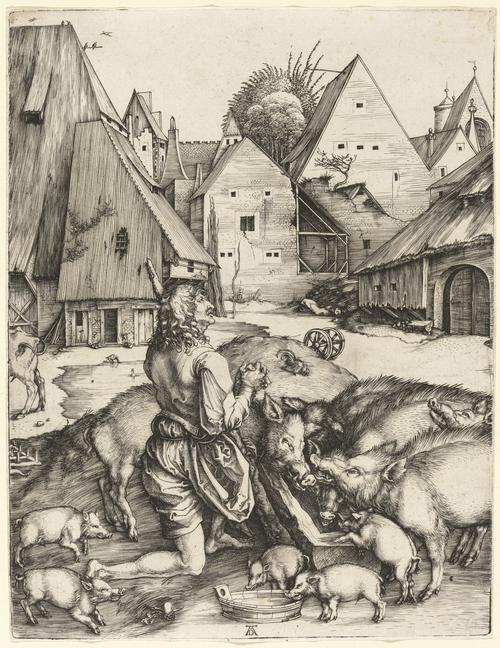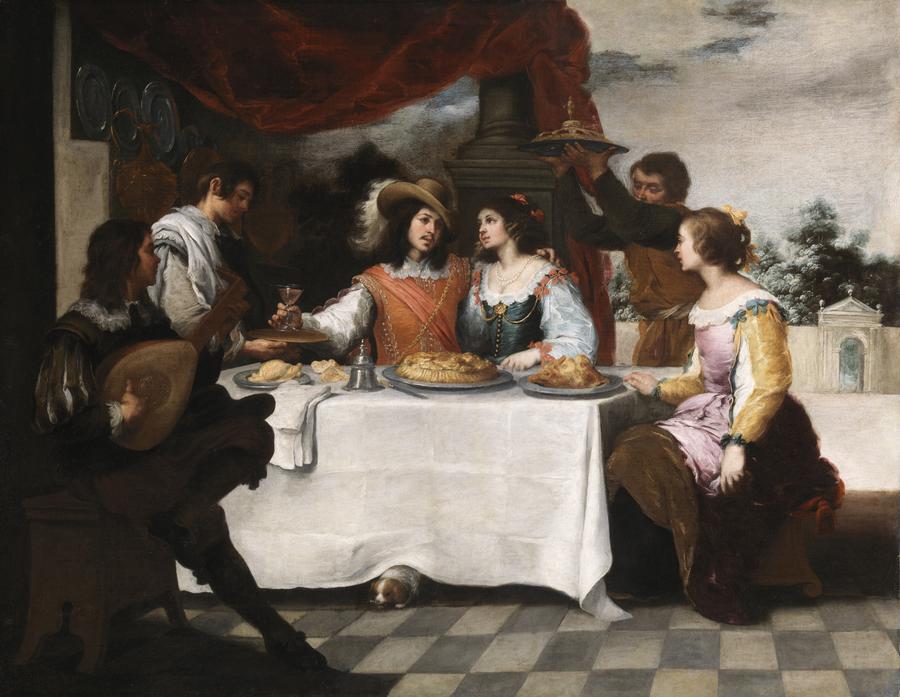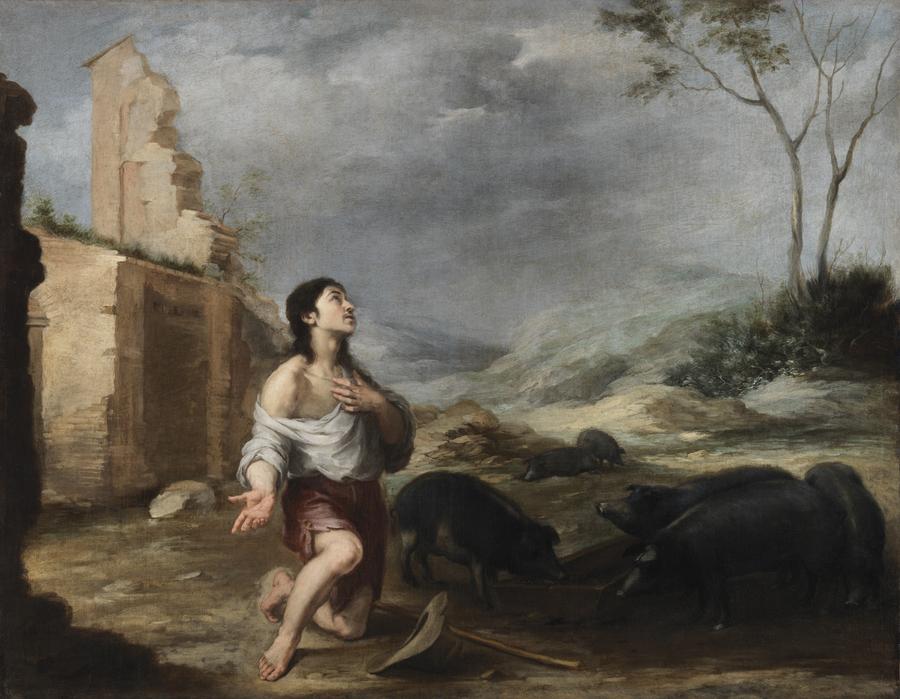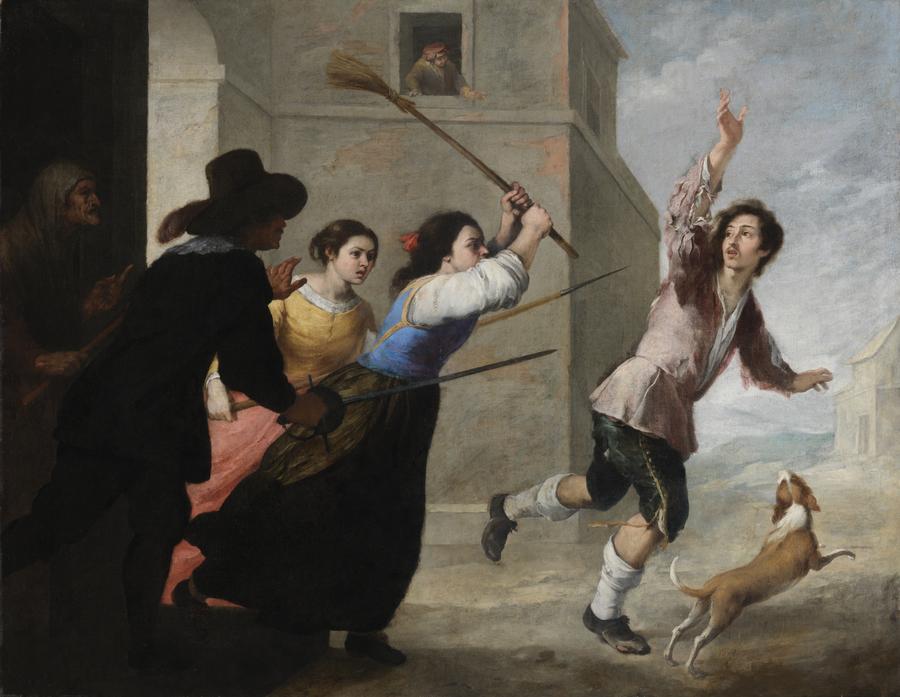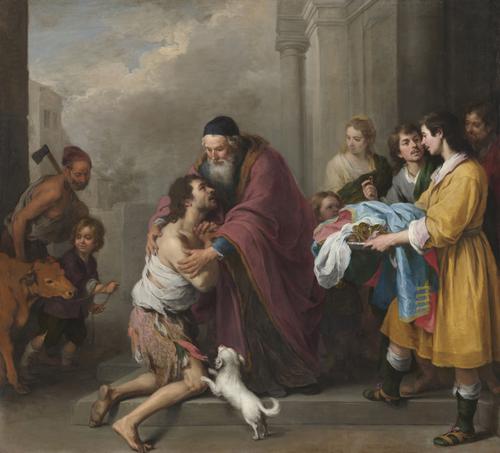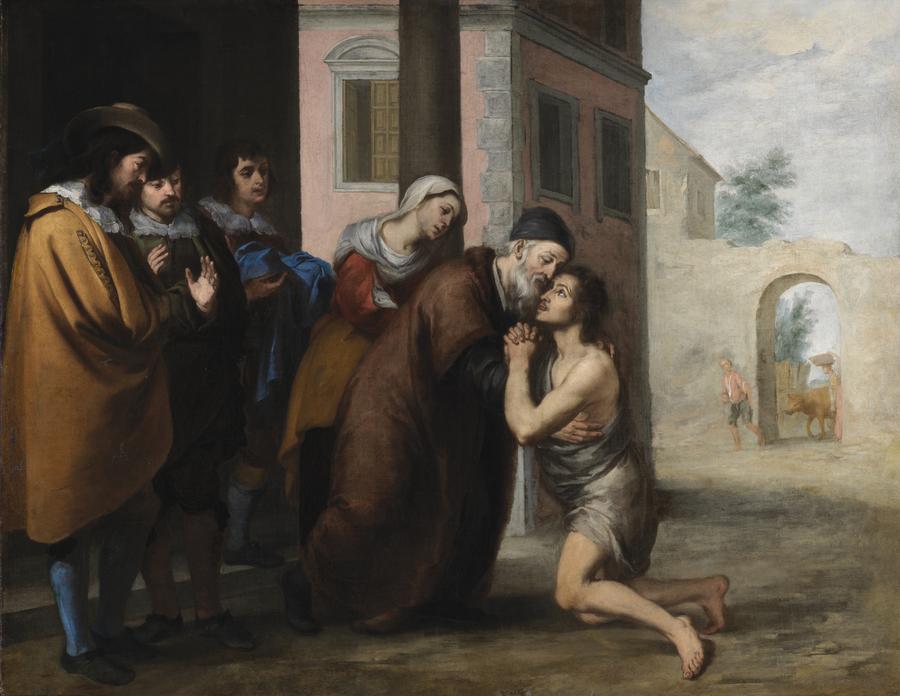Champs près des Alpilles
oil on canvas
17.3/4 x 21.5/8 in. (45 x 55 cm.)
Painted in November 1889
Estimate on request
Christie’s has announced Vincent van Gogh’s Champs près des Alpilles, 1889 (estimate on request; region of $45,000,000) as a leading highlight of the 20th Century Art Evening Sale taking place this May at Rockefeller Center in New York City. This rare work was one of two canvases sent from the artist while living in an asylum in Saint-Rémy to his close friend Joseph Roulin in Marseille at the beginning of 1890. A closely related view, painted from the same field, is now held in the Kröller-Müller Museum, Otterlo.
Vanessa Fusco, Co-Head of Christie’s New York 20th Century Evening Sale, remarked: “With its gestural, expressive handling and bold, vibrant color, Champs près des Alpilles exemplifies the key characteristics of Van Gogh’s trademark style – a style which is beloved and admired all over the world. Painted during the artist’s storied sojourn in an asylum in Saint-Rémy, and subsequently belonging to his friend Joseph Roulin, whose own image captured by Vincent now hang in museums across the world, Champs près des Alpilles is inextricably linked to Vincent’s own tragic biography. It is a delight to bring this masterpiece by the artist to auction for the first time.”
Van Gogh and Roulin initially developed a friendship in Arles. Today, Roulin is known to be one of the most important models of the artist’s career. Over the course of a few months in 1888, Van Gogh painted some of his best known portraits of the postman and his family. Not solely a model, Roulin was also a close friend and key support to Van Gogh during the time he spent in the hospital in Arles following his first major breakdown. Roulin continued to ardently support the artist from afar when Van Gogh was living in Saint-Rémy through regular correspondence. The letters between Roulin and Van Gogh reveal a strong bond between the two men; Roulin understood the master deeply as both as a person and as an artist. Champs près des Alpillesstands as a true testament to the friendship between them, embodying the importance of Roulin to Van Gogh’s artistic practice, as well as his life.
Depicting an expansive vista spanning a vivid green wheatfield with a majestic tree framed by the monumental peaks of the Alpilles in the background, all pictured beneath a citron-color sky, this landscape comprises the signature subjects Van Gogh is known for during this all important year. It was during his stay in Saint-Rémy that Van Gogh’s mature style truly emerged. He transformed the world around him into dazzling visions of often heightened color conveyed with evermore animated brushstrokes, both of which serve to imbue these canvases with a powerful—and highly influential—expressive charge. At this time, painting and nature itself took on a central importance to the artist.
e
PROPERTY FROM THE MUSEUM OF FINE ARTS, BOSTON
GEORGIA O’KEEFFE (1887-1986)
A Sunflower from Maggie
oil on canvas
16 x 20 in. (40.6 x 50.8 cm.)
Painted in 1937.
$6,000,000-8,000,000
Christie's has announced Georgia O’Keeffe’s A Sunflower from Maggie (1937), will be a featured highlight in the 20th Century Art Evening Sale taking place this May in New York. The painting was deaccessioned from the collection of the Museum of Fine Arts, Boston (MFA); it will be sold to benefit acquisitions for the Museum (estimate: $6 million - $8 million).
Emily Kaplan, Christie’s Specialist and Co-Head of 20th Century Evening Sale, remarks, “It is an honor to partner with the MFA on the sale of Georgia O’Keeffe’s A Sunflower from Maggie to benefit acquisitions for the Museum. A truly iconic image from one of the finest 20th century American modernists, this work is a leading example of American painting of the pre-war era. While flowers are a classic signature of the artist’s oeuvre, sunflower canvases by O’Keeffe are in fact quite rare; this stands as one of just six sunflower paintings she made in her lifetime. We are proud to offer it at Christie’s this Spring to support the Museum’s ongoing initiative to diversify and expand the development of its collection.”
Tylee Abbott, Christie’s Specialist and Head of Department, American Art, remarks, “Beyond the steeped history of this compelling subject, and its rarity within O’Keeffe’s oeuvre, A Sunflower from Maggie represents everything that one looks for in a masterwork by the artist—representational at first glance, yet incredibly nuanced and complex in her distinctive manner. Directed by the petals, the mesmerizing central oculus of the sunflower invites the viewer deep into the painting, allowing one to completely lose themselves in the work. It is precisely this type of experience and its universal appeal that has launched O’Keeffe on to the international stage and established her in the annals of art history.”
Samantha Koslow, Christie’s Director, Museums, Institutions and Corporate Collections, remarks, “It is an honor to partner with the Museum of Fine Arts Boston to help support the funding future acquisitions. Museums are our most important cultural partners and we are grateful for the opportunity to help support the Museum's goals."
Georgia O’Keeffe has become a pervasive figure in the history of American art. With a career spanning well over half a century, she is known for her large-scale abstract modernist paintings as well as her trademark floral iconography and desert motifs. A Sunflower from Maggie displays all of the characteristics of her most coveted artworks. The Maggie referenced in the title refers to Margaret Johnson, friend and neighbor to O’Keeffe in New Mexico, and wife to the President of Johnson & Johnson. A Sunflower from Maggie has been exhibited widely in renowned institutions most recently including the North Carolina Museum of Art (2012).
In addition to A Sunflower from Maggie, Christie’s will offer O’Keeffe’s southwestern landscape Abiquiu Trees VII on behalf of the MFA in the 18 May 2022 American Art sale (estimate: $700,000-1,000,000). This painting will also be sold to benefit acquisitions for the Museum.

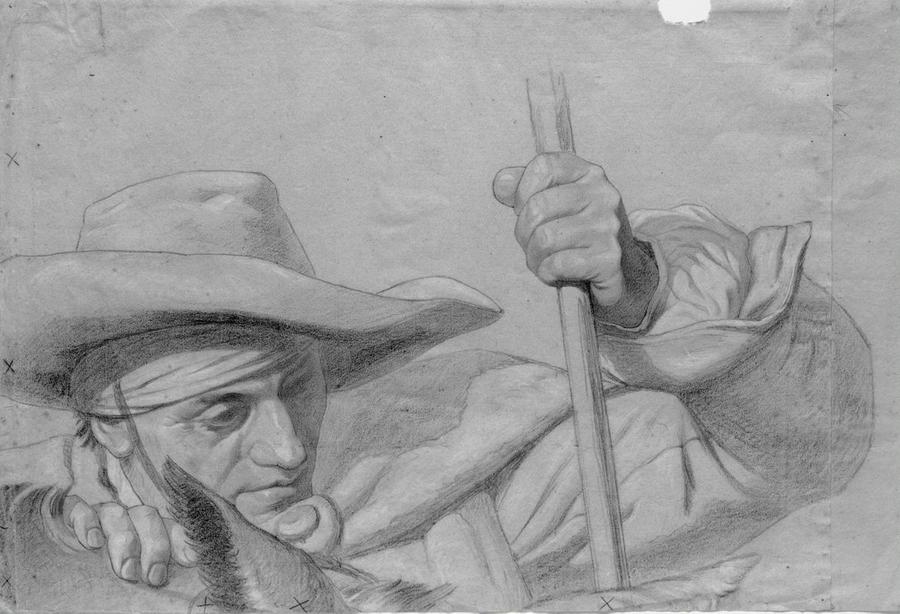
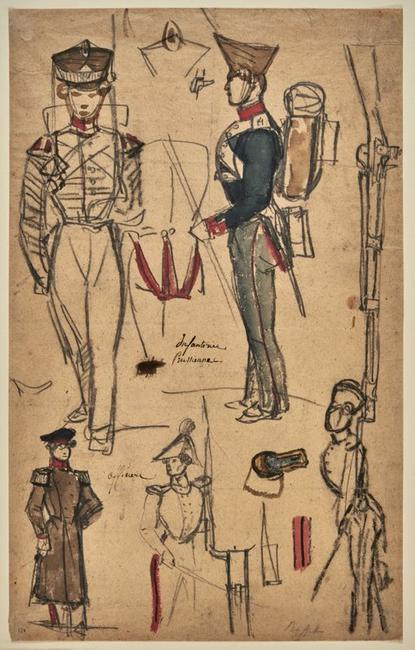
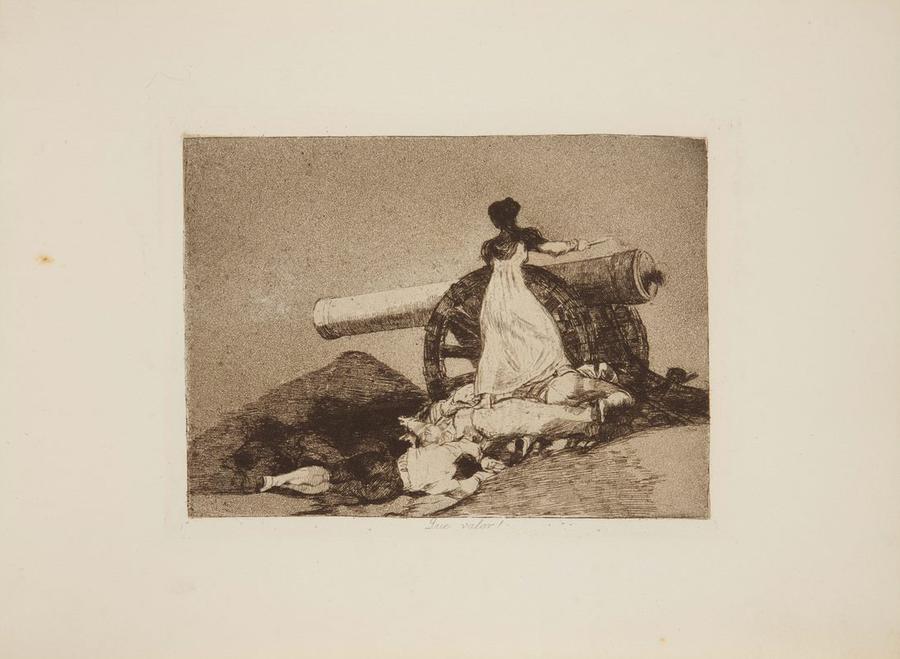
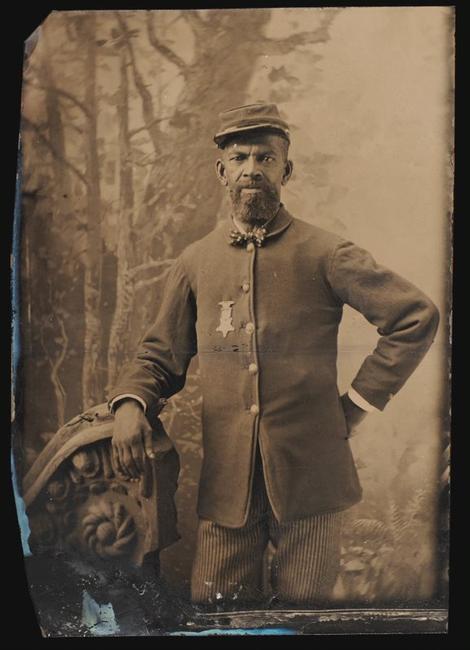
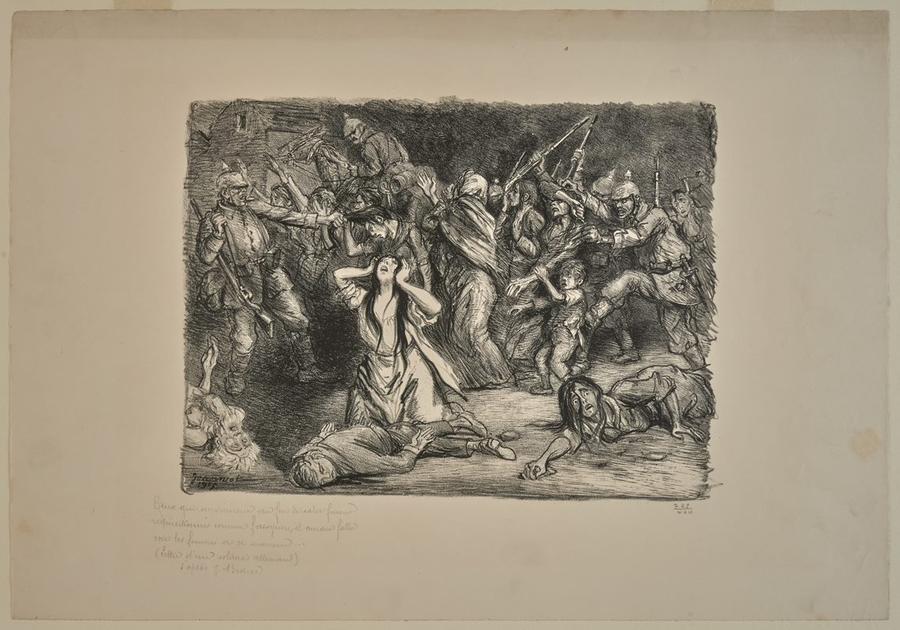
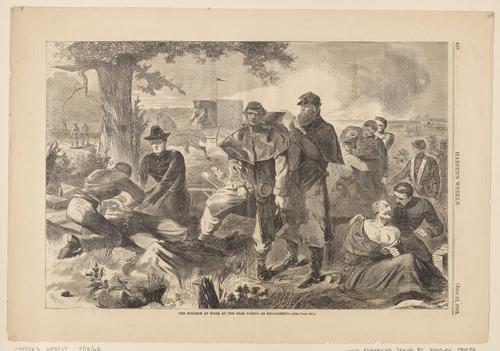
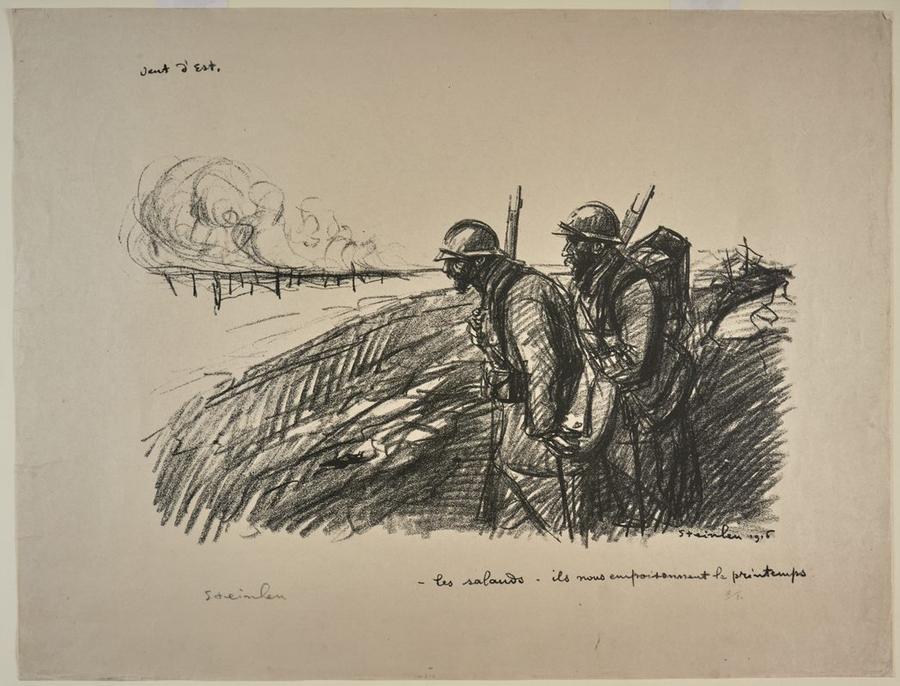
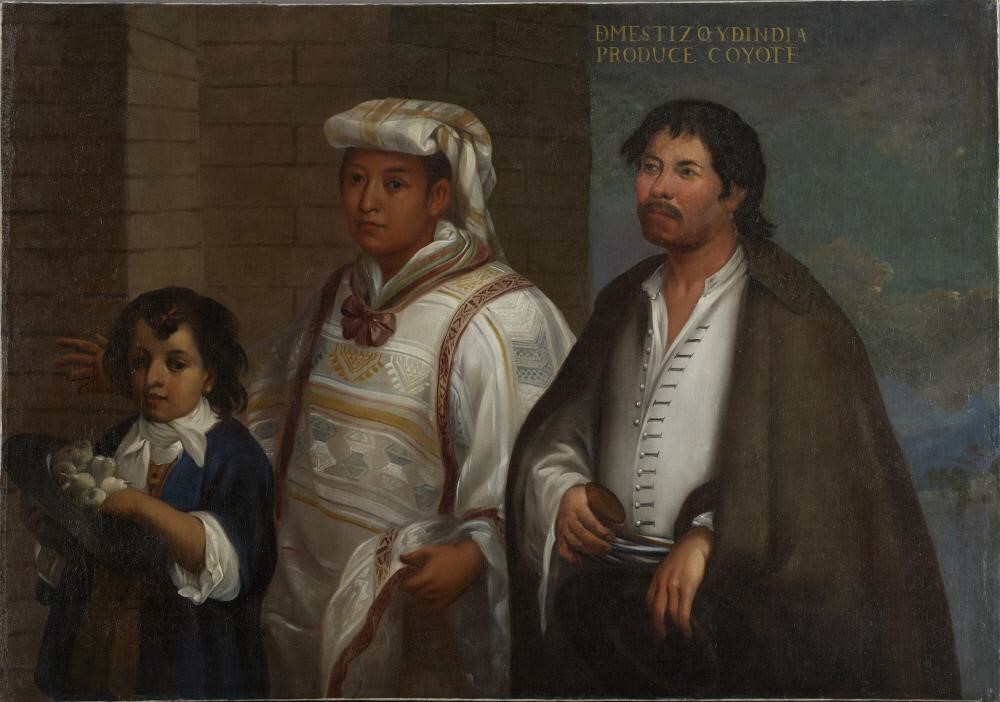


.jpg?mode=max)

